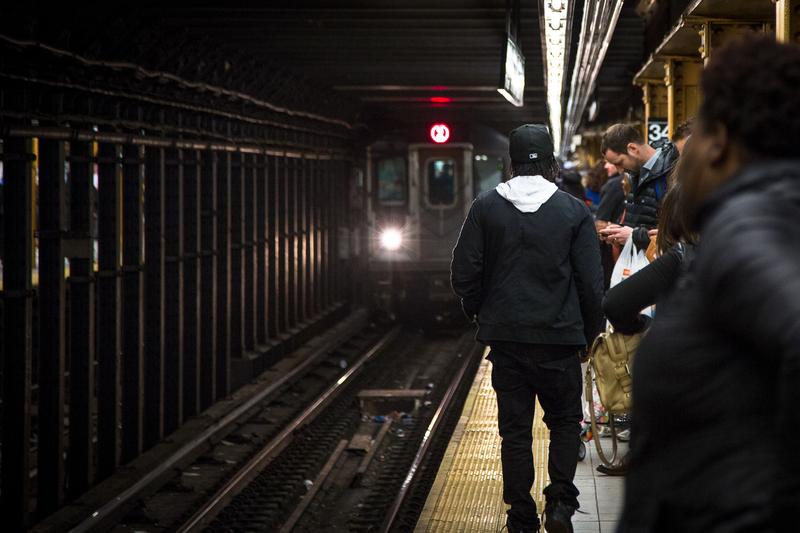 Transportation Nation
Transportation Nation
For New York City Straphangers, Wait Times Are Getting Longer

For New York City subway riders impatiently craning over the platform edge to look for an oncoming train, it’s not your imagination — the amount of time you spend waiting between trains is growing longer.
Those are the findings of an audit released today by New York State Comptroller Thomas DiNapoli. His office found that the overall percentage of trains meeting their arrival goals has fallen by almost two percentage points between 2013 and the middle of 2015.
The announcement comes at a time when record numbers of people are packing onto trains. The subway system saw a 2.6 percent increase in annual ridership between 2013 and 2014 — an increase of more than 43 million annual riders, according to MTA figures.
The metric the MTA uses to measure the subway’s performance is "wait assessment," which is roughly defined as how long a rider needs to wait for a train. DiNapoli criticized the math the MTA used to get those wait assessment numbers, which he said exaggerate the system's performance.
"The MTA is very clear that it considers its wait time assessment to be its most important measurement of the reliability of subway service and riders' experience," DiNapoli said in a statement. "It turns out the way Transit calculates this measurement obscures the reality of straphangers' wait times. New York's subway riders deserve better."
Essentially, the MTA averages all the lines' performances, grouping shuttles that travel between two stops — like the Times Square Shuttle — together with massive lines that travel between multiple boroughs, like the A train. That, DiNapoli says, skews the numbers and provides an overly optimistic picture of the system's successes, when in reality the wait times on heavily-used trains are much worse.
In a statement, MTA spokesperson Kevin Ortiz denounced the audit, saying it "includes misunderstandings, misinterpretations and outright misrepresentations," adding it "is bereft of any substantive suggestions to make life better for subway customers." Ortiz said the MTA is doing everything it can to deal with the record number of riders.
Ortiz pointed to funding for a modern signal system that is included in the MTA's 2015-2019 Capital Program. The system will allow trains to run more closely together, but it will take almost two decades for the outdated signals to be replaced. For some public transportation advocates, the problem is not the MTA, but the funding given to the agency to do its work.
John Raskin, the executive director of the group Riders Alliance, places the blame directly in the hands of New York Gov. Andrew Cuomo.
"The underlying point here is that you can't fix delays and crowding without investing in new signals and new train cars," says Raskin, "and our state government is not giving the MTA the money it needs to really do that well."